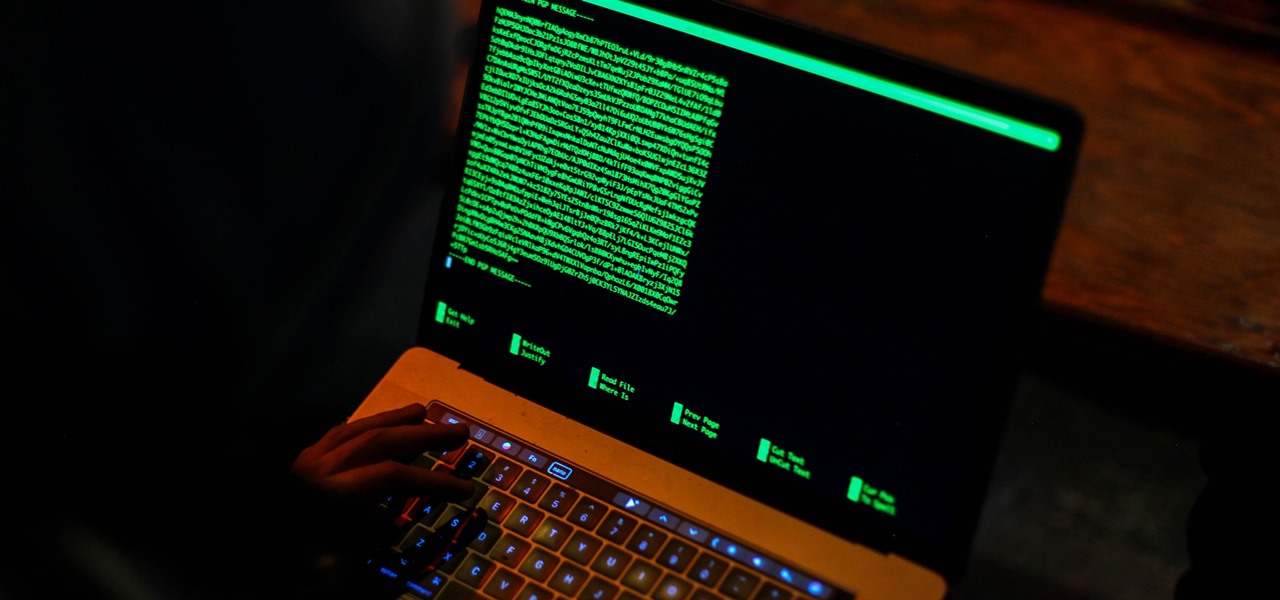

To export your private key, run the following replacing in both places with your email address used when creating the key. If you don't do this, your keys could be forever lost or worse. This step is critical to the safety of your GPG keys. If you are unsure about any of the above, the screenshot below shows the entire key creation process.
#Pgp for mac password#
Please ensure this is a secure password that you have not used anywhere else. You will now be prompted for your master key passphrase.

#Pgp for mac install#
To install GPG with Homebrew, it’s as simple as:
#Pgp for mac software#
GPG is a free software alternative to the closed source commercial PGP. To generate your keys, you need to install GnuPG (aka GPG).

Please visit and follow the instructions to install it. If that isn’t the case, Homebrew is a package manager (similar to RPM or deb on Linux) that makes This guide assumes you use Homebrew to install packages on your Mac. We will release platform specific guides for them in the future. If you are running Linux or Windows, the instructions below can be used with some modifications. At the minimum, we recommend that you create a subkey following the steps documented here so you won’t be storing your master key on the server. If you want automatic decryption of messages, you need to consider the security implications of leaving your private key on the server. This is the most secure option, but the content of the message won’t be readable or searchable within Cerb. If you receive an encrypted message that can’t be decrypted, Cerb will leave the encrypted content as an attachment on the message that you can decrypt offline. To automatically decrypt a received encrypted message in Cerb, you need to have the corresponding private key in your keyring.


 0 kommentar(er)
0 kommentar(er)
